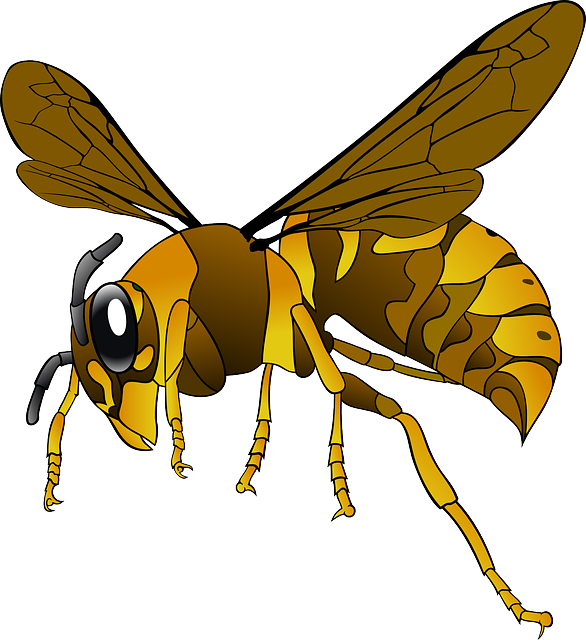Hornets build visible papery nests in hidden property areas, with species variations affecting behavior. Signs like buzzing or flying activity indicate nest presence, crucial for prompt safe hornet nest removal before evening protection wanes. Regular inspections post-storms or late summer aid early detection. Wear protective gear and use a large plastic bag to cut and remove the nest safely. Prevent future nests by sealing entry points and cleaning sweet substances, considering professional pest control services for existing nests.
Hornets can pose a serious threat to homeowners, but understanding their behavior and taking proactive measures can ensure your property remains safe. This guide offers customized plans for preventing and addressing hornet nests, focusing on safe removal techniques. By identifying signs of hornet activity early and employing effective prevention strategies, you can protect your home and loved ones from potential stings. Learn how to navigate the process of nest removal with confidence and peace of mind.
Understanding Hornet Nests and Their Behavior
Hornets, known for their aggressive behavior and painful stings, often build nests in hidden areas of your property. Understanding their nesting habits is crucial for effective prevention and safe hornet nest removal. These social insects typically choose secluded spots like trees, shrubs, or even attics to establish their colonies. The nests are constructed from chewed wood pulp mixed with saliva, forming a papery structure that can grow quite large.
Their behavior varies by species, but many hornets are territorial and highly protective of their nests. During the day, they actively defend their territory against perceived threats. As evening approaches, this protection lessens, providing an opportunity for safe removal if identified early. Recognizing signs of a nest, such as consistent buzzing or flying activity around a specific area, is essential for taking prompt action and avoiding potential stings.
Identifying Signs of Hornets in Your Property
Hornets are social insects that build complex nests, often in hidden areas of your property. Identifying their presence early is crucial for safe hornet nest removal. Keep an eye out for telltale signs such as visible nests, typically made of papery material, hanging from branches or under eaves, and a steady stream of workers entering and exiting these structures.
Additionally, look for evidence of disturbed soil around plants, chewed wood, or small holes in tree bark, as hornets often construct their nests in the ground or within wooden structures. Regular inspections, especially after storms or during late summer, can help you detect hornet activity early. If you notice any of these signs, take prompt action to ensure the safety of your family and pets while avoiding potential stings.
Safe Removal Techniques for Hornet Nests
When dealing with hornet nests, safety should always be your top priority. Hornet nests can be located in various places around your property, from trees to sheds, and removing them requires careful consideration. The first step is to identify the nest during daylight hours when the activity is at its peak. Wear protective clothing, including gloves, long sleeves, and pants, as hornets are most aggressive during this time.
Instead of attempting to burn or destroy the nest, which can provoke a violent response, opt for safe removal techniques. Use a large plastic bag to carefully cut and remove the nest from its attachment point, ensuring you don’t disturb the entrance. Place the bag in a sturdy container with a tight-fitting lid and dispose of it in a secure location far from your property. After removal, wash your clothing and thoroughly clean any tools used to avoid attracting more hornets.
Preventing Future Hornet Nest Formation
To prevent future hornet nest formation, it’s crucial to understand their behavior and habitat preferences. Hornets are attracted to areas with abundant food sources, especially sweet substances like nectar and fruit juices. Regularly cleaning outdoor spaces, including removing any spilled beverages or fruits, can deter them. Additionally, sealing entry points in your home, such as gaps around windows and doors, will make it less inviting for hornets to establish nests indoors.
Safe hornet nest removal is essential if you do encounter an existing nest. Professional pest control services are recommended due to the potential danger posed by these insects. They have the necessary equipment and expertise to remove nests safely, ensuring that both you and your property remain secure.
In light of the above discussions, it’s clear that preventing and safely removing hornet nests is crucial for property maintenance and safety. By understanding these stinging insects’ behavior, identifying their presence early, and employing effective prevention strategies, you can significantly reduce the risk of unwelcome hornet nests on your property. Always opt for safe removal techniques to protect yourself and the environment, ensuring a peaceful and pest-free living space.
